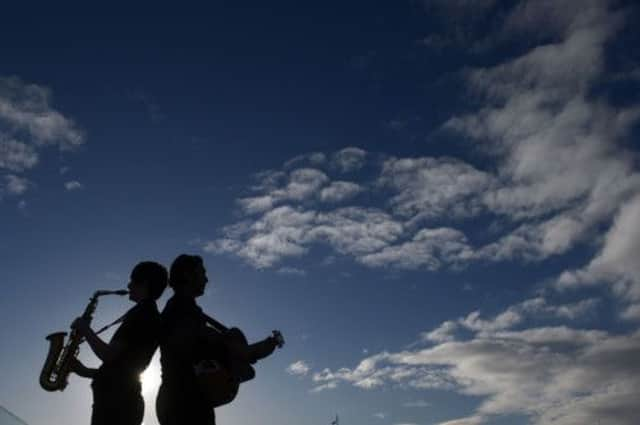Brian Ferguson: Celebrating traditional arts


The latter element was certainly in evidence as the night wore on, with some musicians missing out on receiving their award when they were otherwise occupied at the bar. Others were later spotted posing for pictures while trying out their trophies as head-gear, but the on-stage performances gave a seriously strong indicator of the rude health which traditional culture in Scotland seems to be in.
From the relatively old-stagers like Blazin’ Fiddles to rising stars like Paddy Callaghan, the reigning BBC Scotland Young Traditional Musician of the Year, and Ross Ainslie, they almost blew the audience away.
Advertisement
Hide AdAdvertisement
Hide AdYet it struck me that many of those performing or sitting in the packed audience at the Music Hall are still largely unheralded in their home country – especially by the wider public outwith traditional music circles.
Kathleen MacInnes is quite rightly regarded as of the country’s finest exponents of Gaelic song, but is far from being a household name. Will she get a look-in when the line-up is compiled for the opening ceremony of the Commonwealth Games, for example? Frankly, I doubt it, but let the campaign start here.
Bands like Skerryvore, whose frontman Daniel Gillespie was behind the setting up of Tiree’s award-winning festival, “Gaelic supergroup” Manran, just back from China, and live band of the year, Breabach, about to set off to Australia and New Zealand, are in almost constant demand to tour overseas. Chris Stout, the Shetland fiddler, was unable to collect his instrumentalist of the year honour as he was touring in Tokyo – as good an excuse as any.
The fact that both Scottish culture secretary Fiona Hyslop and Creative Scotland’s new chief executive Janet Archer were not only in the audience but handed out awards spoke volumes in terms of how “the Trads” themselves are now regarded.
But as Bruce MacGregor, a founder member of folk band of the year Blazin’ Fiddles flagged up, how many of the top-rated acts in the country actually get regular exposure on television in Scotland other than on BBC Alba?
Why is an event like Celtic Connections still run by less than a handful of full-time staff and receives a pittance in public funding compared to an event like the Edinburgh International Festival? Indeed, how much of a look-in does traditional Scottish culture get in the EIF programme each August?
It is also worth considering how many of our leading traditional artists can fill a concert hall or venue outwith a major festival. You’ll be searching a while to find many of them appearing in the vast line-up already confirmed for the new Hydro arena in Glasgow – apart from a single show at Celtic Connections.
On the one hand it must have been heartening for Janet Archer to hear Fiona Hyslop’s warm words about Creative Scotland, 12 months on from its dramatic implosion. Yet the culture secretary accidentally laid bare a shocking statistic in her opening address.
Advertisement
Hide AdAdvertisement
Hide AdOut of a budget of almost £100 million, Creative Scotland allocates just a million of this for all forms of traditional arts. Are they really worthy of just one per cent of its hand-outs?
Leading figures in the film industry have virtually declared war on both Creative Scotland and the government to demand an end to the traditional carve-up which has seen movie-making receive a fraction of the funding allocated to theatre, opera, ballet and classical music.
By coincidence, on the way north to Aberdeen, I read with interest plans for a “cultural manifesto for independence”. You might well think this is the kind of thing the Scottish Government would have published by now. But, in fact, it is the highly vocal artists’ campaign for independence that is behind the new document and is asking for ideas on “how constitutional change will affect the artist in Scotland”.
With some of the most prominent figures in this cultural movement coming from the traditional arts, it will be intriguing to see exactly what this cultural blueprint is looking for – and from whom.